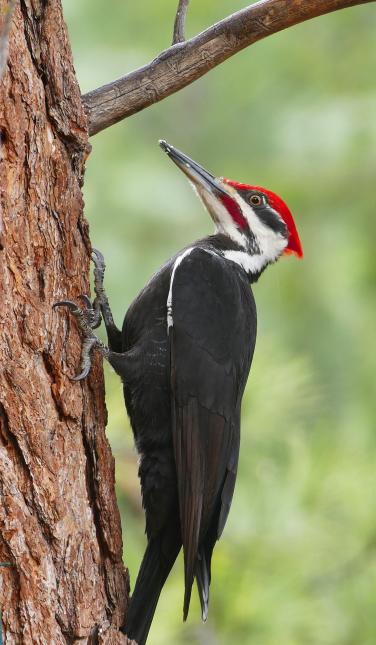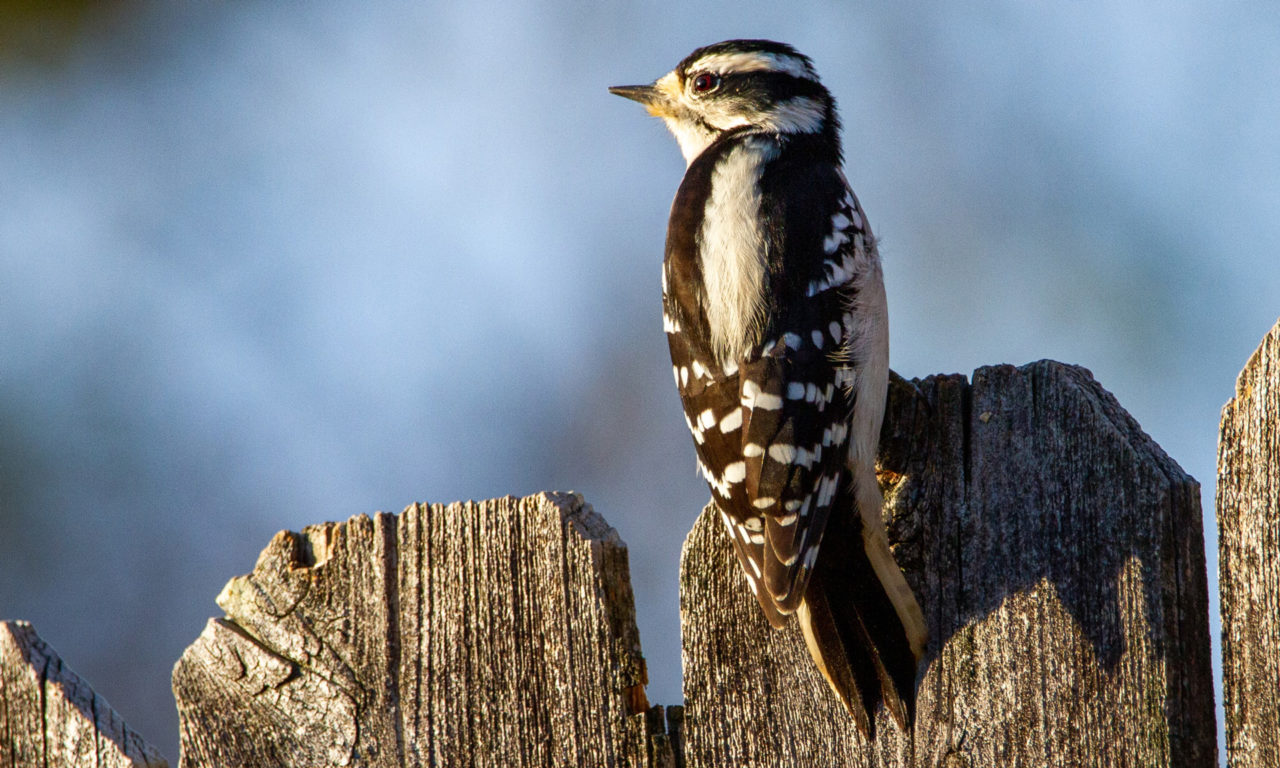Experiencing Woodpeckers in Florida: Species Variety and Identification
Experiencing Woodpeckers in Florida: Species Variety and Identification
Blog Article
Introducing the Keys of Woodpeckers: Actions, Habitat, and A Lot More
Woodpeckers, with their special habits and specialized adaptations, have long attracted scientists and nature lovers alike. By uncovering the secrets bordering woodpeckers' habits and habitat choices, a deeper understanding of these avian marvels arises, offering a glimpse into their fascinating world.
Woodpecker Behavior Insights
In checking out woodpecker actions, a remarkable screen of specialized abilities and adjustments arises, dropping light on their remarkable eco-friendly niche. Woodpeckers, known for their unique drumming on trees, have a selection of behavior traits that contribute to their survival and success in their environment.
Additionally, woodpeckers show a distinct feeding habits identified by their ability to essence insects from tree bark using their specialized beaks. Their long, barbed tongues help in recording victim, while their solid neck muscular tissues offer stability and accuracy during pecking movements. This feeding strategy permits woodpeckers to accessibility surprise insect larvae and extract them with amazing effectiveness.
Habitat Preferences and Option
What factors influence the habitat preferences and choice of woodpeckers? One crucial variable affecting woodpecker environment selection is the schedule of suitable nesting sites. Woodpeckers typically like forests with a mix of fully grown trees that supply ample possibilities for dental caries excavation.
Additionally, woodpeckers show a choice for habitats with a plentiful supply of food resources. They are mostly insectivorous, feeding on beetles, ants, larvae, and various other bugs located in decaying timber or tree bark. Consequently, woodpeckers tend to favor woody locations with a varied insect populace to satisfy their dietary requirements.
In addition, the existence of dead or decaying trees is another essential factor in woodpecker habitat selection. These trees not only provide food sources yet likewise provide ideal substrate for cavity excavation. Dead trees are crucial for the upkeep of healthy woodpecker populaces, as they play a vital duty in the woodpeckers' life process and ecosystem characteristics.
Feeding Behaviors and Diet Plan Make-up
Woodpeckers demonstrate a specialized feeding habits concentrated on foraging for insects within numerous habitats. In enhancement to bugs, woodpeckers likewise take in tree sap, fruits, nuts, and seeds, adding selection to their diet plan depending on the season and schedule of food resources.
The foraging methods of woodpeckers are well-adapted to their arboreal way my company of life. Woodpeckers play an essential role in maintaining the wellness of woodlands by controlling insect populaces and helping in the decay of wood.
Drumming Sounds and Interaction
Utilizing rapid drumming noises on numerous surface areas, woodpeckers employ a distinct form of interaction to signify territory limits and draw in click to read more companions. This drumming behavior is not just a way of interaction however also acts as a method for woodpeckers to establish their visibility within a specific location. The strength, rate, and pattern of the drumming can convey vital info to other woodpeckers around.
Woodpeckers use drumming sounds to introduce their visibility in an area and to advise off prospective burglars. The loud and repetitive nature of the drumming acts as a clear signal to various other woodpeckers that the location is currently asserted. This assists in reducing disputes and lessening physical confrontations between individuals.

Survival Adaptations and Specialized Makeup

Conclusion
To conclude, woodpeckers show distinct actions, such as drumming noises for interaction, and have actually specialized anatomy for survival in their selected habitats. Their feeding routines and diet structure even more demonstrate their versatility to different settings. By comprehending these facets of woodpeckers, researchers and conservationists can better shield and maintain these remarkable birds and their ecological communities.
Report this page